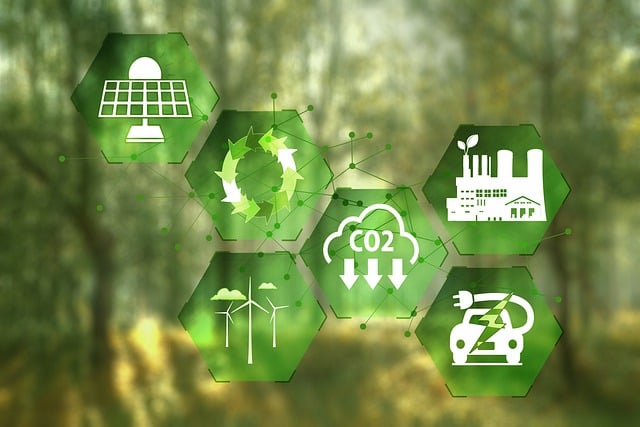The Path to Carbon Neutrality: How Companies and Governments Are Working to Reduce Emissions
Carbon neutrality, or net-zero emissions, is the concept of achieving a balance between the amount of carbon dioxide released into the atmosphere and the amount removed from it. This balance can be achieved through a combination of reducing emissions and investing in carbon removal or offsetting measures. Achieving carbon neutrality has become a top priority for governments and businesses around the world, as they seek to address the urgent threat of climate change.
One of the key strategies being employed to reduce greenhouse gas emissions is the adoption of renewable energy sources. Solar, wind, and hydropower are all sources of clean energy that do not produce greenhouse gas emissions. Many countries have set ambitious targets for increasing the share of renewable energy in their overall energy mix, with some aiming to achieve 100% renewable energy by 2050.
Another strategy being employed is the use of carbon capture and storage (CCS) technology. CCS involves capturing carbon dioxide emissions from power plants or other industrial facilities and storing them underground or in other long-term storage facilities. While CCS is still in its early stages of development, it has the potential to significantly reduce greenhouse gas emissions from some of the most polluting industries.
In addition to technological solutions, there are also a number of policy measures that can help to reduce emissions. These include carbon pricing mechanisms, such as carbon taxes or cap-and-trade systems, which create a financial incentive for companies to reduce their emissions. Governments can also set emissions reduction targets and provide incentives for companies that invest in clean energy or reduce their emissions.
However, there are also significant challenges that must be overcome in the quest for carbon neutrality. One of the biggest challenges is the high cost of many renewable energy technologies. While costs have been falling rapidly in recent years, many countries and businesses still find it difficult to justify the upfront investment required to switch to renewable energy sources.
Another challenge is the need for international cooperation. Climate change is a global problem that requires a coordinated global response. However, many countries have been reluctant to take action, either because they lack the resources to invest in clean energy or because they are concerned about the impact on their economies.
Despite these challenges, there are many reasons to be optimistic about the future of carbon neutrality. Governments and businesses around the world are increasingly recognizing the urgency of the climate crisis and are taking action to reduce emissions. In addition, advances in technology are making renewable energy sources more affordable and accessible than ever before.
In conclusion, achieving carbon neutrality is an ambitious but achievable goal. It will require a combination of technological innovation, policy measures, and international cooperation. However, if we are successful in our efforts to reduce greenhouse gas emissions, we can create a more sustainable future for ourselves and for future generations.
Post time: Sep-22-2023


